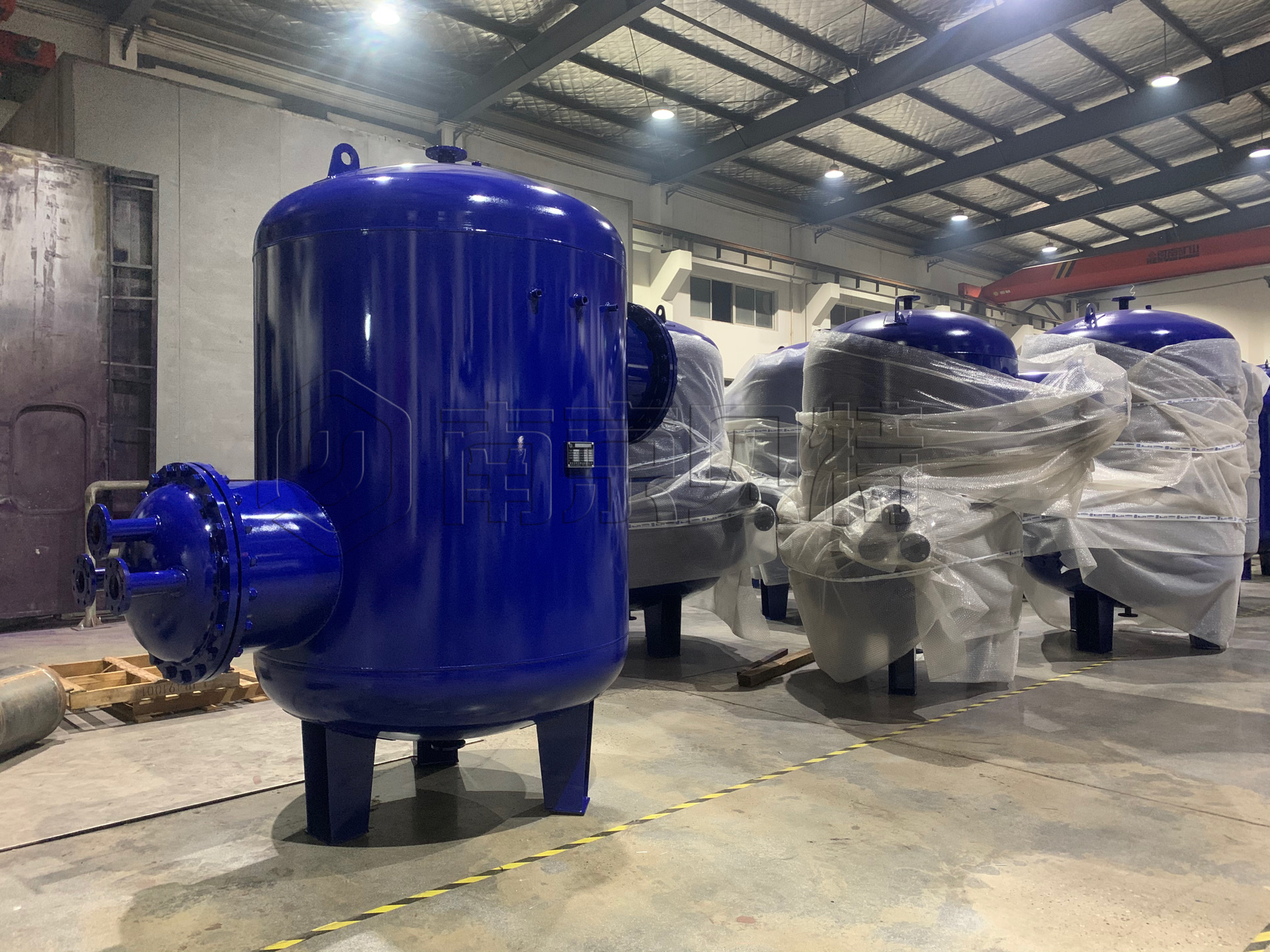- All
- Product Name
- Product Keyword
- Product Model
- Product Summary
- Product Description
- Multi Field Search
 English
English English
EnglishViews: 0 Author: Site Editor Publish Time: 2024-11-19 Origin: Site








We all know that both volumetric heat exchangers and semi-volumetric heat exchangers are a type of heat exchanger, and their working principles are similar, which leads many people to think that they are the same device. In fact, there are still essential differences between them, so what is the difference between them?


Before understanding the difference between a volumetric heat exchanger and a semi-volumetric heat exchanger, we need to first understand what a volumetric heat exchanger is? What is a semi-volumetric heat exchanger? Most of the basic structures of volumetric heat exchangers are storage tanks, with a U-tube heat exchanger installed horizontally in the middle, and the tank plays the role of regulating the water temperature. Semi-volumetric heat exchangers can be divided into two types: horizontal semi-volumetric heaters and vertical semi-volumetric heaters. There is a horizontal heat exchange tube in the shell, and the heat medium pipeline system is located in the heat exchange tube shell. The heat medium pipeline system includes a horizontal total heat medium inlet pipe and a horizontal heat medium total outlet pipe, and multiple sets of parallel coils are connected between the total outlet pipe and the total inlet pipe.

The difference between a volumetric heat exchanger and a semi-volumetric heat exchanger:
1. The semi-volumetric heat exchange tube bundle has a cylinder, while the volumetric heat exchanger does not have a cylinder.
2. The working principles of the heat exchangers are different. The principle of the semi-volumetric heat exchanger is to increase the flow of the heat medium and hot water outside the tube, increase the flow of the heat medium and hot water, and transform the laminar heat transfer into turbulent heat transfer; while the volumetric heat exchanger completely separates the heat transfer part from the heat storage part, which not only improves the heat transfer effect, but also eliminates the cold stagnant water area when the heat storage part stores all the hot water.
3. The heat transfer coefficient and volume utilization are different. The elastic tube bundle of the semi-volumetric heat exchanger is made of high thermal conductivity copper, combined with a reasonable internal structure of the heat exchanger, which greatly improves the performance of the heat exchanger. Under the same volume, the water supply of the volumetric heat exchanger is smaller than that of the semi-volumetric heat exchanger, generally 1:2. In other words, the volumetric heat exchanger has a large water storage capacity, and the semi-volumetric heat exchanger has a large flow rate and heat transfer efficiency. When the heat medium stops due to an accident or other reasons, the hot water stored in the semi-volumetric heat exchanger can be supplied to a greater extent.
4. Whether there is a cold water zone. Volumetric heat exchangers can be divided into cold water zones and hot water zones, while semi-volumetric heat exchangers have no cold water zone.
5. Semi-volumetric heat exchangers are not easy to scale. Since the heat exchange tubes of semi-volumetric heat exchangers are mostly made of copper, the fluid that is easy to form turbulence has a strong scouring effect on the heat exchanger wall, coupled with the thermal compensation ability of the elastic tube bundle itself, due to the self-cleaning effect of thermal expansion and cold contraction, the heat exchanger is difficult to scale.
Tank size, weight, and ease of installation and maintenance. Compared with the volumetric heat exchanger, the semi-volumetric heat exchanger slightly reduces the traditional large-volume shell, that is, the water storage volume is reduced, while the heating tube bundle remains the same. Therefore, the tank of the semi-volumetric heat exchanger is small, light, and time-saving and labor-saving to install and maintain.
The above is the difference between the volumetric heat exchanger and the semi-volumetric heat exchanger. I hope you can learn more about it. If you want to choose the right type of heat exchanger, please contact Nanjing Beite.